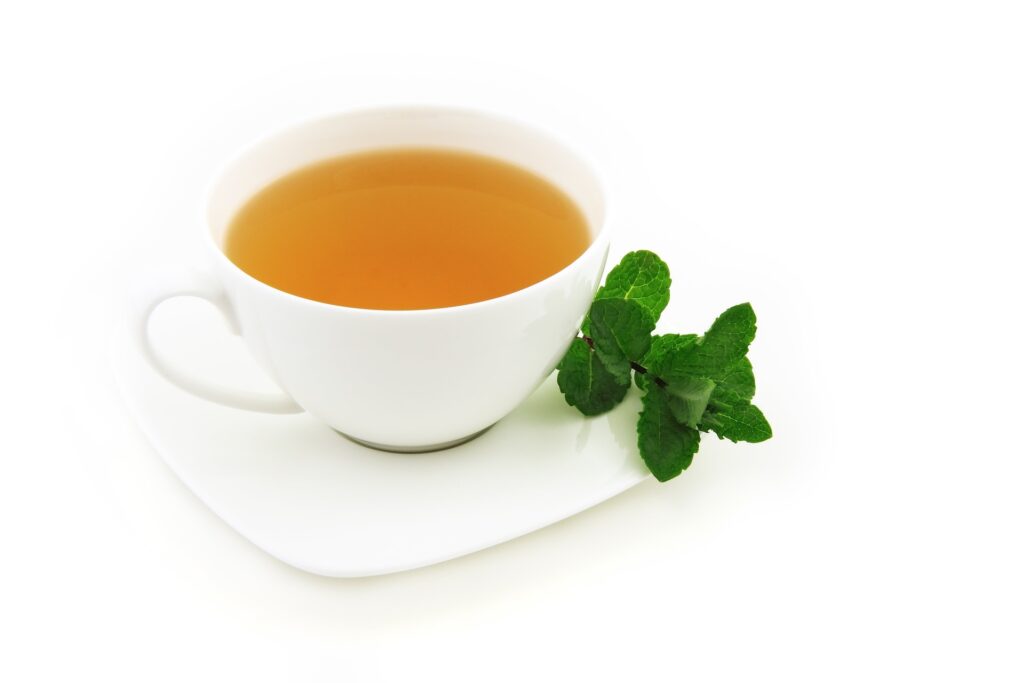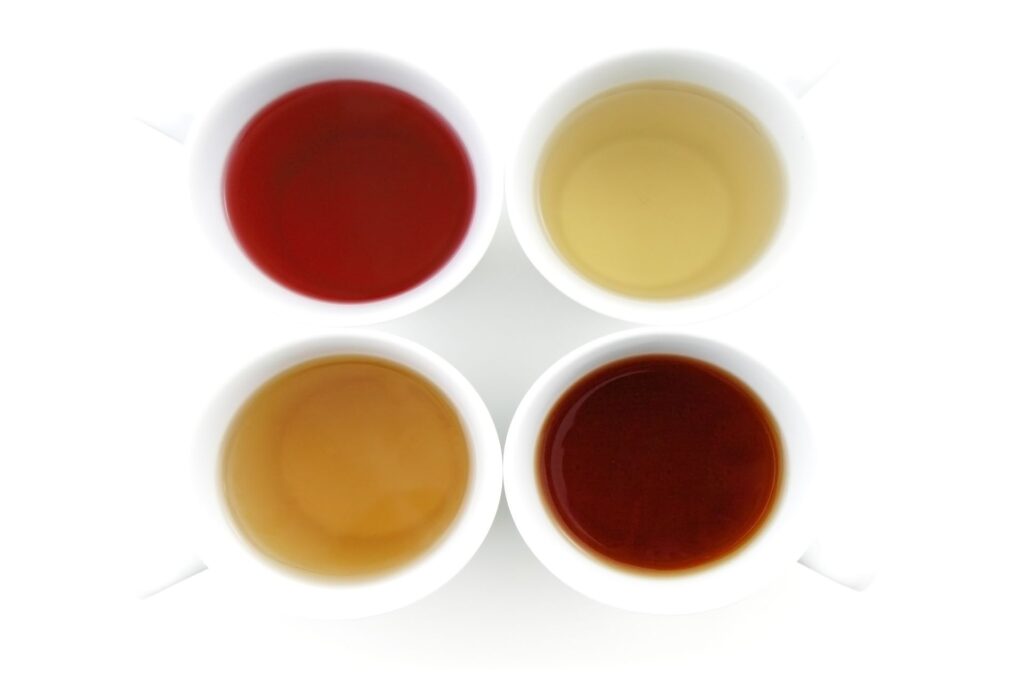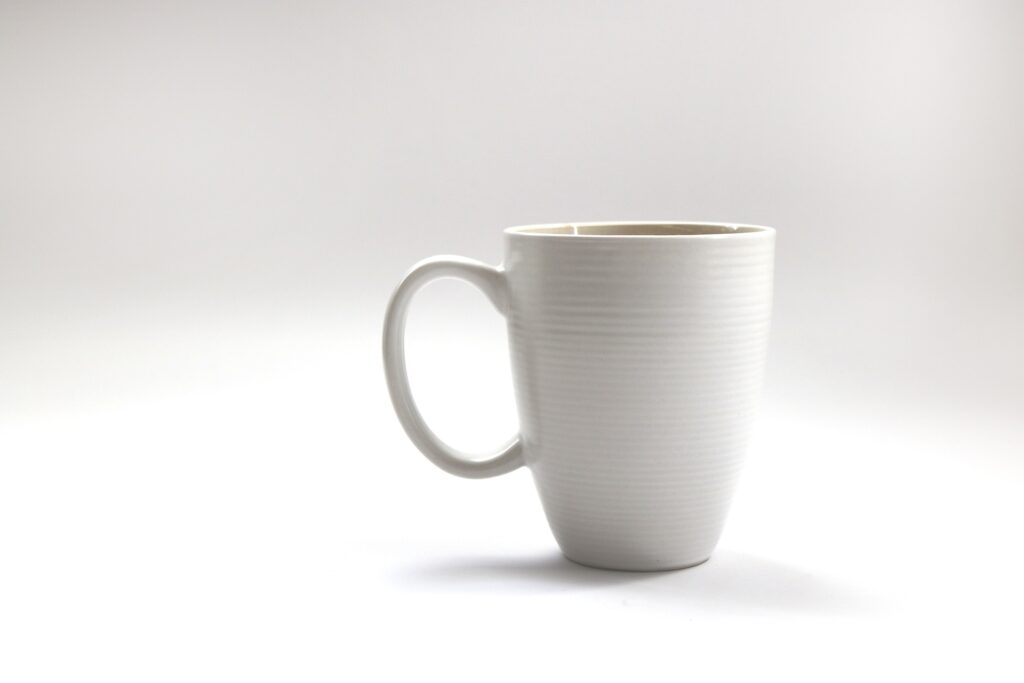In a world where wellness is paramount, white tea stands out as a beacon of health and vitality. Rising from the proud highland of China, this elixir tea has been loved for centuries for its bunch of health advantages. Join us as we embark on a journey to unravel the secrets of white tea and discover why it’s hailed as a true elixir of well-being.
Table of Contents

1. Introduction to White Tea:
White tea, known for its pale color and mild flavor, is a type of tea made from the leaves of the Camellia sinensis plant. Unlike other types of tea, white tea undergoes minimal processing, which helps retain its natural antioxidants and delicate taste. Its name comes from the fine silvery-white hairs on the unopened buds of the tea plant
2. Health Benefits:
White tea is not just a delicious beverage; it’s also packed with health benefits. Rich in polyphenols and catechins, white liquid boasts powerful antioxidant properties that help neutralize free radicals and combat oxidative stress. Regular consumption of white drink may contribute to overall health and longevity.
3. Varieties of White Potion:
There are several different types of tea potion and each type possess its own unique and decent taste. From the delicate buds of Silver Needle to the robust leaves of Long Life Eyebrow, there’s a white drink variety to suit every palate.
4. How White Tea is Processed:
The production of white tea involves several meticulous steps that preserve the tea’s delicate flavor and aroma. From hand-picking the finest tea leaves to gently drying them under controlled conditions, every step is crucial in ensuring the quality of the final product.
5. Caffeine Content:
Contrary to popular belief, white tea contains caffeine, albeit in smaller quantities compared to black or green tea. The moderate caffeine content in tea can help improve focus, enhance cognitive function, and boost metabolism without the jittery side effects often associated with coffee or energy drinks.

6. Brewing of Tea:
The method of brewing the white tea is very fragile and requires a lot of attention. To unlock the full flavor potential of this White gem, it’s essential to use water that is around 175°F (80°C) and steep the tea for 2-3 minutes. Experiment with different brewing methods to discover the perfect cup for you.
7. Culinary Uses of the Elixir:
Beyond its role as a beverage, white elixir can also be incorporated into a variety of culinary creations. From delicate desserts to savory sauces, tea in white adds a subtle yet sophisticated flavor to a wide range of dishes.
8. White Tea in Skincare Products:
Thanks to its high antioxidant content, the particular tea is revered for its skin-rejuvenating properties. These antioxidants may contribute to overall health and well-being by reducing the risk of chronic skin and other diseases.
9. Sustainability and Fair Trade Practices in Production:
Ethical sourcing and fair trade practices play a crucial role in ensuring the sustainability of white tea production. By supporting companies that prioritize sustainability and fair labor practices, consumers can help protect the environment and support local communities.

10. Popular Myths and Misconceptions:
Dispelling common myths and misconceptions surrounding white beverage. From its caffeine content to its flavor profile, separating fact from fiction can help consumers make informed choices about their tea preferences.
11. A Comparison Between Tea:
While both white tea and green tea offer numerous health benefits, there are some key differences between the two. From their processing methods to their flavor profiles, understanding the differences can help consumers choose the right tea for their needs.
12. A Symbol of Elegance and Sophistication:
In China and other countries , white tea is often associated with purity, elegance, and refinement. It is traditionally served during special occasions and ceremonies as a symbol of hospitality and respect. In other parts of the world, this tea mixture is prized for its health benefits and delicate flavor, making it a sought-after beverage among health-conscious consumers..
13. How to Choose High-Quality:
With so many options available, choosing high-quality white tea can be overwhelming. Factors such as origin, harvesting methods, and processing techniques can all impact the quality of the final product. By knowing what to look for, consumers can ensure they’re getting the best possible tea experience.

Conclusion:
In conclusion, white tea offers a unique and delightful tea experience with its delicate flavor, subtle aroma, and potential health benefits. Whether enjoyed on its own or paired with food, white potion tea provides a refreshing and enjoyable beverage option for tea enthusiasts around the world.
FAQs
1. Is white tea caffeine-free?
No, white tea contains caffeine, although it typically has lower levels compared to green or black tea. However, the exact caffeine content can vary depending on factors such as the type of tea drink and brewing method.
2. Can white tonic tea help with weight loss?
While white mixture tea is often touted for its health benefits, including its potential to aid in weight loss, it is not a magic bullet for shedding pounds. However, incorporating white tea into a balanced diet and active lifestyle may support overall health and wellness goals.
3. Is this elixir tea safe to drink during pregnancy?
While white elixir is generally considered safe for most people, including pregnant women, it’s always best to consult with a healthcare professional before making any significant changes to your diet during pregnancy.
4. How should white tea be stored to maintain freshness?
To preserve the freshness and flavor of white brew tea, store it in an airtight container away from light, heat, and moisture. Avoid storing white beverage near strong-smelling foods, as it can absorb odors easily.
5. Can I reuse white tea leaves for multiple infusions?
Yes, white tea leaves can often be steeped multiple times, especially higher-quality varieties like Silver Needle. Experiment with different steeping times and water temperatures to get the most out of your tea leaves.

